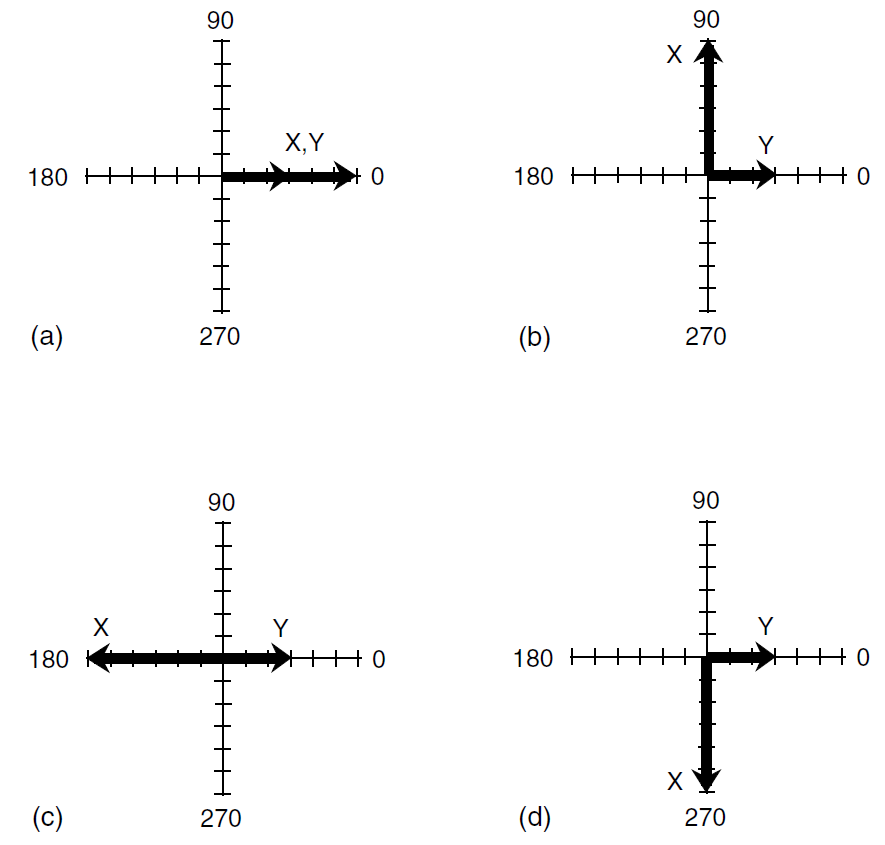
تاريخ الفيزياء

علماء الفيزياء


الفيزياء الكلاسيكية

الميكانيك

الديناميكا الحرارية


الكهربائية والمغناطيسية

الكهربائية

المغناطيسية

الكهرومغناطيسية


علم البصريات

تاريخ علم البصريات

الضوء

مواضيع عامة في علم البصريات

الصوت


الفيزياء الحديثة


النظرية النسبية

النظرية النسبية الخاصة

النظرية النسبية العامة

مواضيع عامة في النظرية النسبية

ميكانيكا الكم

الفيزياء الذرية

الفيزياء الجزيئية


الفيزياء النووية

مواضيع عامة في الفيزياء النووية

النشاط الاشعاعي


فيزياء الحالة الصلبة

الموصلات

أشباه الموصلات

العوازل

مواضيع عامة في الفيزياء الصلبة

فيزياء الجوامد


الليزر

أنواع الليزر

بعض تطبيقات الليزر

مواضيع عامة في الليزر


علم الفلك

تاريخ وعلماء علم الفلك

الثقوب السوداء


المجموعة الشمسية

الشمس

كوكب عطارد

كوكب الزهرة

كوكب الأرض

كوكب المريخ

كوكب المشتري

كوكب زحل

كوكب أورانوس

كوكب نبتون

كوكب بلوتو

القمر

كواكب ومواضيع اخرى

مواضيع عامة في علم الفلك

النجوم

البلازما

الألكترونيات

خواص المادة


الطاقة البديلة

الطاقة الشمسية

مواضيع عامة في الطاقة البديلة

المد والجزر

فيزياء الجسيمات


الفيزياء والعلوم الأخرى

الفيزياء الكيميائية

الفيزياء الرياضية

الفيزياء الحيوية

الفيزياء العامة


مواضيع عامة في الفيزياء

تجارب فيزيائية

مصطلحات وتعاريف فيزيائية

وحدات القياس الفيزيائية

طرائف الفيزياء

مواضيع اخرى
VECTOR REPRESENTATIONS OF PHASE
المؤلف:
S. Gibilisco
المصدر:
Physics Demystified
الجزء والصفحة:
339
7-10-2020
1837
VECTOR REPRESENTATIONS OF PHASE
If a sine wave X is leading a sine wave Y by x degrees, then the two waves can be drawn as vectors, with vector X oriented x degrees counterclockwise from vector Y. If wave X lags Y by y degrees, then X is oriented y degrees clockwise from Y. If two waves are in phase, their vectors overlap (line up). If they are in phase opposition, they point in exactly opposite directions. Figure 1 shows four phase relationships between waves X and Y. Wave X always has twice the amplitude of wave Y, so vector X is always twice as long as vector Y. In part a, wave X is in phase with wave Y. In part b, wave X leads wave Y by 90°. In part c, waves X and Y are 180° opposite in phase. In part d, wave X lags wave Y by 90°.
In all cases, the vectors rotate counterclockwise at the rate of one complete circle per wave cycle. Mathematically, a sine wave is a vector that goes around and around, just like the ball goes around and around your head when you put it on a string and whirl it.
In a sine wave, the vector magnitude stays the same at all times. If the waveform is not sinusoidal, the vector magnitude is greater in some directions than in others. As you can guess, there exist an infinite number of variations on this theme, and some of them can get complicated.

Fig. 1. Vector representations of phase. (a) waves X and Y are in phase; (b) wave X leads wave Y by 90 degrees; (c) waves X and Y are in phase opposition; (d) wave X lags wave Y by 90 degrees.